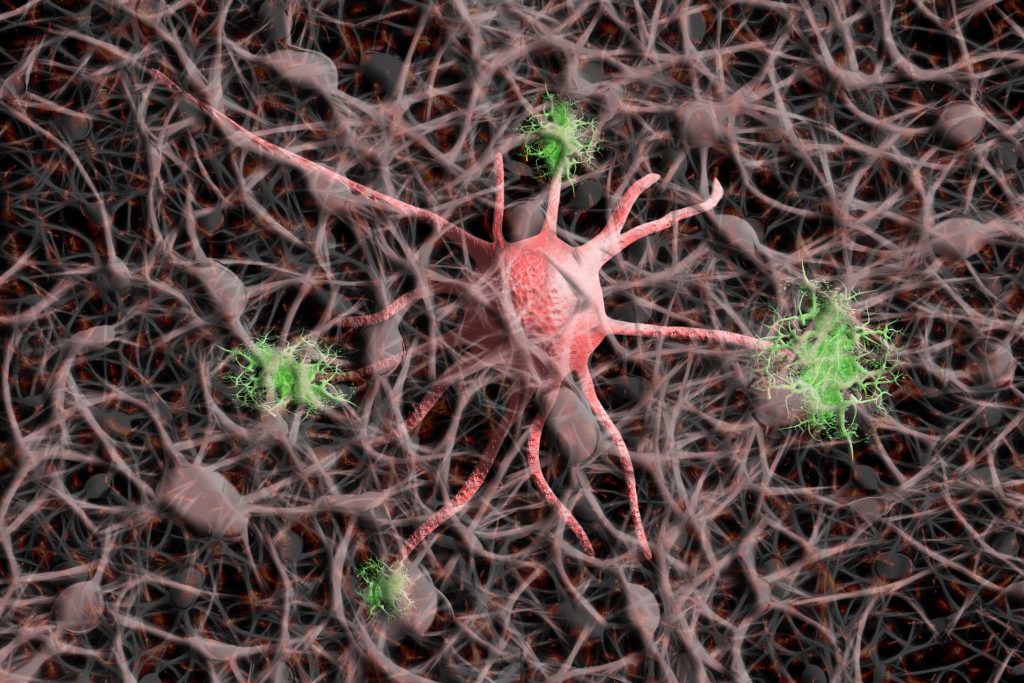A newly developed method called ReapTEC has allowed thousands of active bidirectional enhancers to be discovered. Further analysis of GWAS data revealed that various immune-mediated diseases, such as multiple sclerosis and rheumatoid arthritis, are related to genetic variations within these enhancers. CREDIT RIKEN
Researchers, led by Yasuhiro Murakawa at the RIKEN Center for Integrative Medical Sciences (IMS) and Kyoto University in Japan, along with IFOM ETS in Italy, have identified rare types of helper T cells associated with immune disorders such as multiple sclerosis, rheumatoid arthritis, and asthma. Their findings, published on July 4 in Science, were made possible by a newly developed technology called ReapTEC, which identified genetic enhancers in rare T cell subtypes linked to specific immune disorders. The researchers have made the new T cell atlas publicly available, which is expected to aid in developing new drug therapies for immune-mediated diseases.
Helper T cells are white blood cells that play a significant role in the immune system. They identify pathogens and control the immune response. Many immune-related diseases are the result of abnormal T-cell functionality. For example, in autoimmune conditions such as multiple sclerosis, they mistakenly attack the body’s own tissues as if they were foreign invaders. In the case of allergies, T cells excessively react to harmless substances like pollen. While several common T cells are known, recent research indicates the existence of rare and specialized types of T cells that may be associated with immune-related diseases.
In all cells, including T cells, there are DNA regions called “enhancers.” These regions do not code for proteins; instead, they code for small pieces of RNA and enhance the expression of other genes. Variations in T cell enhancer DNA lead to differences in gene expression, which can affect T cell function. Some enhancers are bidirectional, meaning that both strands of DNA are used as templates for enhancer RNA. Researchers from various laboratories at RIKEN IMS, along with colleagues from other institutes, collaborated to develop the new ReapTEC technology and investigate the links between bidirectional T cell enhancers and immune diseases.
They analyzed about a million human T cells and found several groups of rare T cell types, which accounted for less than 5% of the total. By applying ReapTEC to these cells, they identified almost 63,000 active bidirectional enhancers. To determine if any of these enhancers are related to immune diseases, they turned to genome-wide association studies (GWAS), which have reported numerous genetic variants, called single-nucleotide polymorphisms, that are related to various immune diseases.
After combining the GWAS data with the results of their ReapTEC analysis, the researchers discovered that genetic variants for immune-mediated diseases were frequently situated within the bidirectional enhancer DNA of the rare T cells they had identified. In contrast, genetic variants for neurological diseases did not exhibit a similar pattern. This indicates that the bidirectional enhancers in these rare T cells are specifically associated with immune-mediated diseases.
In their research, the scientists delved deeper into the data and found that specific enhancers in rare T cells are linked to certain immune diseases. Out of the 63,000 bidirectional enhancers, they pinpointed 606 that contained single-nucleotide polymorphisms associated with 18 immune-related illnesses. Additionally, they identified some of the genes targeted by these disease-linked enhancers. For instance, when they stimulated an enhancer containing a genetic variant linked to inflammatory bowel disease, the resulting enhancer RNA led to an increase in the IL7R gene.
“In the short term, we have developed a new genomics method that can be used by researchers around the world,” says Murakawa. “Using this method, we discovered new types of helper T cells, as well as genes related to immune disorders. We hope that this knowledge will lead to a better understanding of the genetic mechanisms underlying human immune-mediated diseases.”



